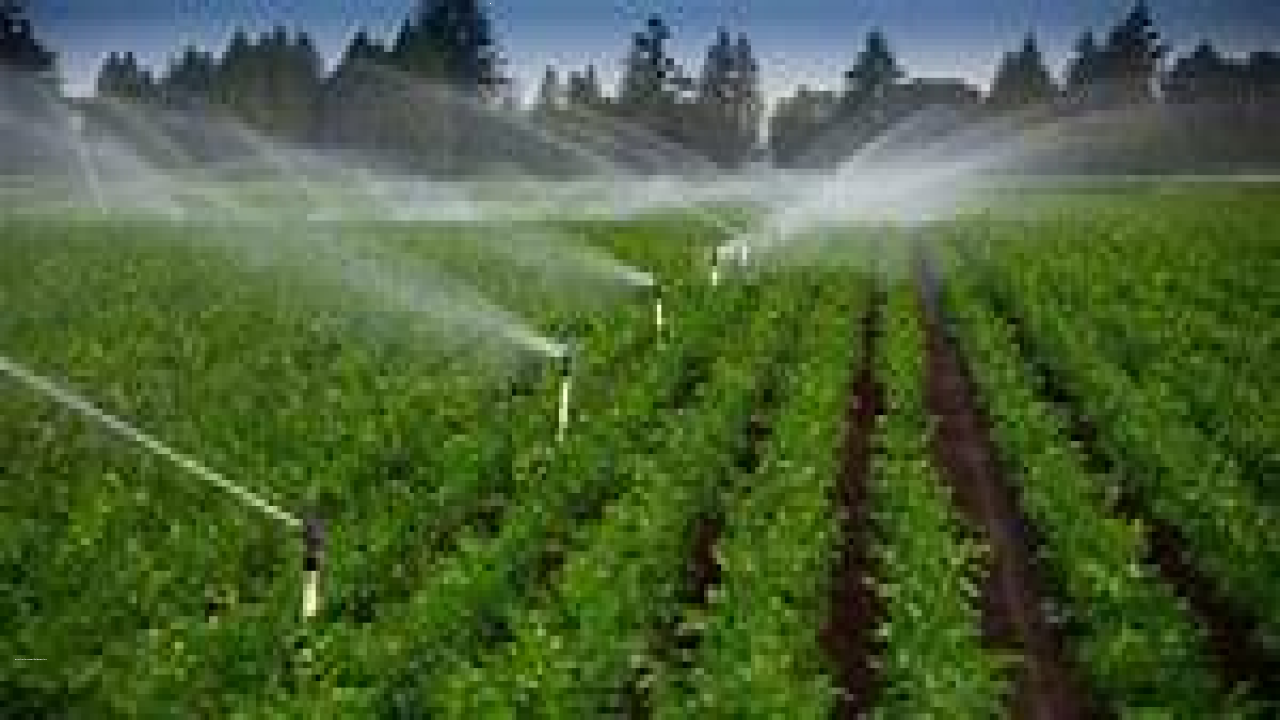Infrastructure and Institutional Factors
Infrastructure and institutional factors are critical components of agriculture and economic development.
History of Infrastructure and Institutional Factors
The development of infrastructure and institutional factors has played a crucial role in agricultural and economic development. The study of infrastructure and institutional factors has played a critical role in development economics and agricultural economics.
Types of Infrastructure
There are several types of infrastructure, which are classified based on their use and location. Some of the major types of infrastructure are:
Irrigation Infrastructure
Irrigation infrastructure includes canals, dams, and other water management systems that are used to provide water to crops.
Seed Infrastructure
Seed infrastructure includes seed banks, seed storage facilities, and seed distribution systems that are used to provide farmers with high-quality seeds.
Fertilizer Infrastructure
Fertilizer infrastructure includes fertilizer production facilities, fertilizer distribution systems, and soil testing laboratories that are used to provide farmers with high-quality fertilizers.
Power Infrastructure
Power infrastructure includes electricity generation facilities, transmission and distribution systems, and other power management systems that are used to provide energy for agriculture and other industries.
Examples of Infrastructure
- Irrigation Infrastructure: The Indus River Valley in Pakistan is an example of an area with significant irrigation infrastructure. The region has a network of canals and dams that are used to provide water to crops.
- Seed Infrastructure: The Svalbard Global Seed Vault in Norway is an example of seed infrastructure. The seed vault is a storage facility for seeds from around the world, and it is designed to protect against seed loss in the event of a global catastrophe.
- Fertilizer Infrastructure: The Nitrogen Fertilizer Plant in Qatar is an example of fertilizer infrastructure. The plant is one of the largest fertilizer production facilities in the world, and it produces ammonia and urea for use in agriculture.
- Power Infrastructure: The Three Gorges Dam in China is an example of power infrastructure. The dam is one of the largest hydroelectric power stations in the world and provides energy for millions of people in China.
Issues Associated with Infrastructure
Infrastructure can have significant environmental impacts, such as the loss of habitats and the depletion of natural resources. The construction and maintenance of infrastructure can also require significant amounts of energy and can contribute to climate change.
Institutional Factors
Institutional factors are policies and regulations that govern the production, distribution, and consumption of agricultural goods. Institutional factors are critical components of agricultural development and are essential for ensuring food security and economic growth.
Types of Institutional Factors
There are several types of institutional factors, which are classified based on their function and impact. Some of the major types of institutional factors are:
Policies
Policies include regulations, subsidies, and incentives that are used to promote agricultural development and food security.
Governance
Governance includes the institutions, such as governments and NGOs, that are responsible for managing agricultural resources and ensuring food security.
Markets
Markets include the systems and institutions that are used to distribute agricultural goods and services, such as transportation and distribution systems.
Examples of Institutional Factors
- Policies: The Agricultural Act of 2014 in the United States is an example of agricultural policies. The act provides subsidies and incentives for farmers and promotes the development of sustainable agriculture practices.
- Governance: The Food and Agriculture Organization (FAO) of the United Nations is an example of agricultural governance. The FAO is responsible for promoting food security and sustainable agriculture practices around the world.
- Markets: The World Trade Organization (WTO) is an example of agricultural markets. The WTO promotes free trade in agricultural goods and services and works to ensure food security for all
Issues Associated with Institutional Factors
Institutional factors can have significant impacts on agricultural development and food security. Some of the major issues associated with institutional factors are:
Inequality
Institutional factors can lead to inequalities in access to resources and opportunities, which can result in unequal distribution of food and economic growth.
Market failures
Institutional factors can also contribute to market failures, such as price volatility and market power, which can lead to economic inefficiencies and food insecurity.
Environmental degradation
Institutional factors can also contribute to environmental degradation, such as the overuse of pesticides and fertilizers, which can have significant impacts on public health and the environment.
Conservation Efforts
Many organizations and governments are working to address the issues associated with infrastructure and institutional factors through conservation efforts and sustainable management practices. Conservation efforts include the implementation of sustainable agriculture practices, such as the use of natural fertilizers and pesticides, and the promotion of agroforestry and conservation agriculture.


